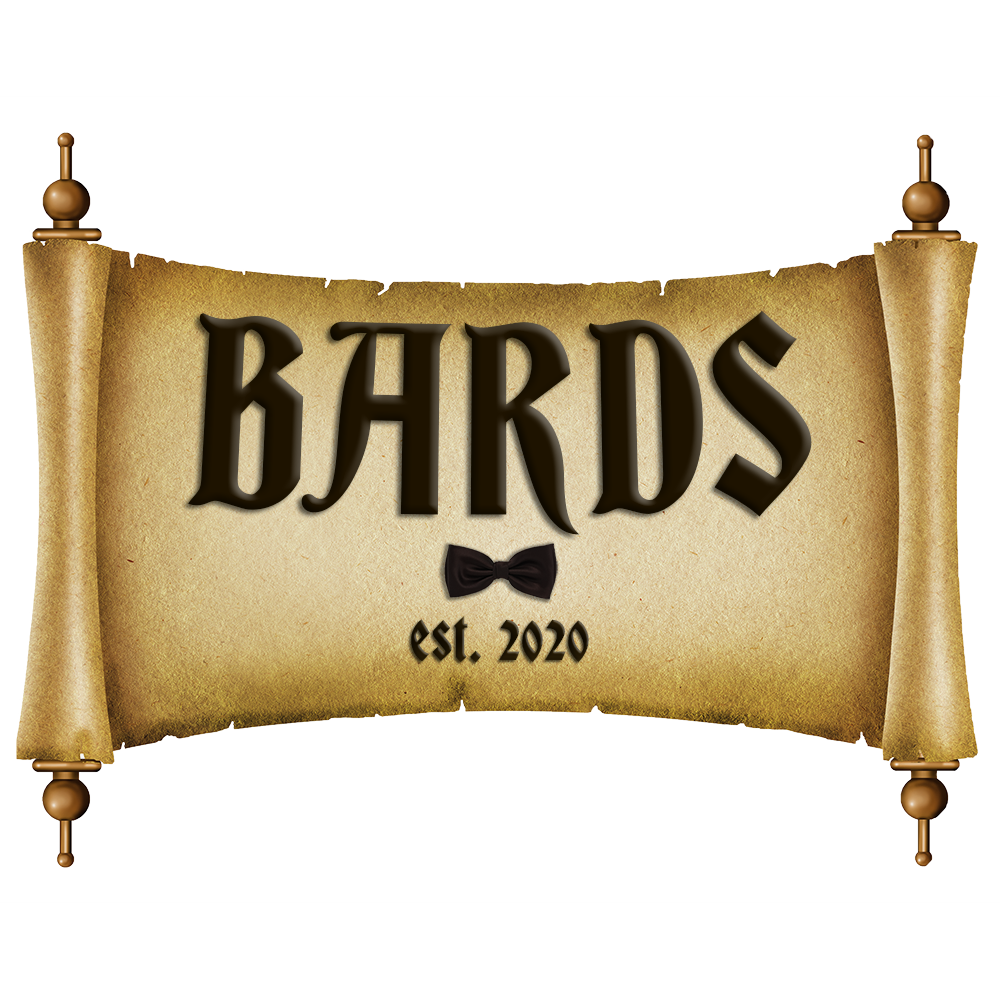Connecticut’s “Thread City”
"Thread City" is the nickname for Willimantic, a small town in Connecticut with a big legacy tied to the textile industry, especially thread manufacturing. The story of how this quaint New England town became synonymous with thread is full of industrial innovation, hard work, and a hopping good time.
In the early 19th century, Willimantic was just another quiet town nestled along the banks of the Willimantic River. But things began to change in the 1820s, when the town’s natural waterways became a crucial asset. With the Industrial Revolution booming, the river provided the perfect source of water power for burgeoning textile mills.
It wasn’t long before Willimantic transformed into a hub of textile production, with the construction of large mills along the river. These mills initially produced cotton goods, but by the 1850s, a shift occurred. A man named William E. Barrows came into town and launched the **Willimantic Linen Company**, though it wasn’t focused on linen at all—it specialized in the production of cotton thread, which was growing in demand.
The Birth of “Thread City”
To demonstrate the strength of WLC thread — Jumbo, the famous elephant from the Barnum and Bailey Circus couldn’t break it.
By the late 1800s, the Willimantic Linen Company was the largest thread factory in North America. It produced millions of spools of cotton thread that were shipped across the globe. The success of the company was so central to the town’s economy that Willimantic earned its iconic nickname: "Thread City."
The thread produced in Willimantic was known for its strength and quality. In fact, the company’s advertising slogan proudly claimed their thread was "the best six-cord spool cotton in the world!" This slogan wasn’t just marketing puffery—Willimantic's product quality earned international accolades, further cementing the town’s reputation.
Willimantic isn’t just famous for its thread—it’s also home to one of the most unusual stories in Connecticut history: the **Frog Bridge**. The town has a long-standing legend tied to a "frog war" that dates back to 1754. One hot summer night, townspeople were woken by loud croaking sounds, which they mistook for an attack by Native Americans. Launching an assault under the cover of darkness, the townsfolk discovered their menacing foe was simply frogs croaking by a dried-up millpond.
To honor this quirky moment in local history, Willimantic built the Frog Bridge in 2001, adorned with giant, whimsical bronze frog sculptures sitting atop massive spool-of-thread pillars. These frogs are now a beloved symbol of the town, blending Willimantic’s industrial past with its quirky charm.
By the 1980s, the mills had largely closed, and the town faced economic challenges. However, the legacy of "Thread City" remains deeply woven into the fabric of Willimantic’s identity.
Today, efforts have been made to preserve Willimantic’s history, with some of the old mill buildings being repurposed into residential and commercial spaces. The **Windham Textile & History Museum**, located in the heart of Willimantic, provides visitors with a fascinating glimpse into the town’s industrial past, showcasing artifacts and stories from its days as the thread capital of America.
From its rise as a global thread powerhouse to its frog-filled folklore, Willimantic's "Thread City" story is one of innovation, quirky charm, and lasting legacy in the heart of Connecticut.





